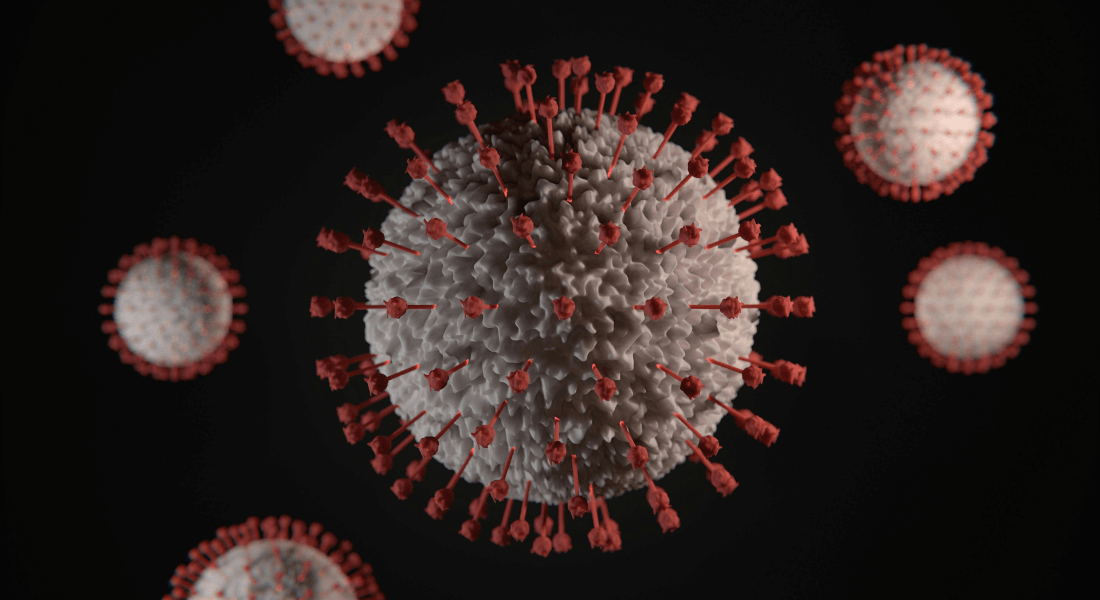Coronavirus uses unexpected part of the body to spread
Researchers have found an unexpected connection between coronavirus and Fragile X Syndrome, which is the most common hereditary cause of intellectual disability.

How does coronavirus spread through the body? A new study can help us answer that question. Professor Jakob Nilsson from the Novo Nordisk Foundation Center for Protein Research is one of the researchers responsible for the study.
“When a virus infects the body, it hijacks part of the body’s machinery either to produce new virus particles or to counteract the cell’s antiviral defence. What we wanted to know was which part of the machinery SARS-CoV-2 targets,” Jakob Nilsson says.
SARS-CoV-2 is the coronavirus variant that caused the COVID19 pandemic.
This suggests that we should perhaps be more attentive to these patients
“We were extremely surprised to find that SARS-CoV-2 hijacks proteins associated with Fragile X Syndrome, which is the most common hereditary cause of intellectual disability,” Jakob Nilsson says.
To further explore the connection between coronavirus and the Fragile X-related proteins, Postdoc Dimitriya Garvanska, who did the lab work, used various cell-biological and biochemical methods to understand the process.
The team wanted to know whether hijacking the Fragile X-related proteins was vital to the virus’ ability to spread through the body. Together with a group of researchers from the University of Texas Medical Branch, they therefore produced a ‘mutant virus’.
“We mutated a small part of the virus protein, NSP3, that binds to the Fragile X-related proteins, and the cell culture test showed that this reduces the virus’ ability to spread. Moreover, tests on hamsters showed that infection with the mutated virus had a less severe impact on the lungs in the early stages of infection,” Dimitriya Garvanska explains and adds:
“That is, binding to Fragile X-related proteins is vital to the virus’ ability to spread. Subsequent tests showed that these proteins are part of the cell’s antiviral defence, and that SARS-CoV-2 seeks to counteract this defence system by hijacking the proteins.”
The results of the study may indicate that persons with Fragile X Syndrome are more susceptible to infection with SARS-CoV-2 and other viruses.
“This suggests that we should perhaps be more attentive to these patients,” Jakob Nilsson says.
The study provides insight into the possible cause of Fragile X Syndrome
Aside from identifying the connection between coronavirus and Fragile X Syndrome, Jakob Nilsson, Dimitriya Garvanska and their colleagues also gained a deeper understanding of Fragile X Syndrome.
“We know that Fragile X-related proteins are key to brain development. Because when we do not have enough of them, we run into problems. But we do not know why they are so important. In this study, we have learned that they bind to another protein, UBAP2L, which helps determine which proteins the cell produces,” Jakob Nilsson says.
The researchers also found that mutations in the Fragile X-related proteins prevent them from binding to UBAP2L.
“This suggests that to understand Fragile X Syndrome we need to understand how this affects the production of proteins in the cell,” Jakob Nilsson explains.
While the new study can be described as fundamental research, the results may nevertheless prove useful in future treatment.
“So far, this is speculation. But basically, the more insight we gain into these mechanisms, the better are our chances of impacting them in the future,” Jakob Nilsson concludes.
You can read the study "SARS-CoV-2 hijacks fragile X mental retardation proteins for efficient infection" in EMBO Reports.
Contact
Professor Jakob Nilsson
jakob.nilsson@cpr.ku.dk
+45 35 32 50 53
Journalist and Press Officer Liva Polack
liva.polack@sund.ku.dk
+45 53 64 59 00
